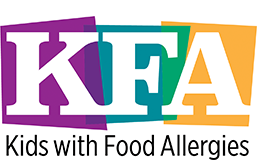 Avg. rating 5 from 2 votes.
Avg. rating 5 from 2 votes.Recipe Information
Ingredients
Directions
Preheat oven to 350 °F.
Put flour, water, oil, salt, baking powder, and nutritional yeast in a bowl, and mix thoroughly. Allow to sit.
Peel and chop squash (large chunks are fine).
Spread the mixture on the bottom of a 12″ heavy-weight frying pan (or perhaps a baking sheet or pizza stone). Do not be concerned that the texture seems iffy at this point.
Put the crust in the oven and bake for 30 minutes.
Steam the squash chunks for about 25 minutes, or until very soft.
Mash the squash in a bowl with a fork, and use a garlic press to add the 3(+) cloves of garlic. Mix thoroughly.
When the crust is done baking, spread the squash on it like pizza sauce. It’s a thicker covering, though if you want it thinner you can use less. I like to leave 1/4″ uncovered at the outer edge.
Drizzle olive oil over the broccoli florets, and sprinkle/arrange them on top of the squash.
Increase oven temperature (about 390 °F) and bake for another 10-15 minutes, or until broccoli bits look cooked.
Notes
The nutritional yeast adds the protein, so this is a complete meal.
* If needed, non-cross-contaminated nutritional yeast is available in the 6lb and 10lb pails packaged directly by Red Star and sold at veganessentials.com
Substitutions




















